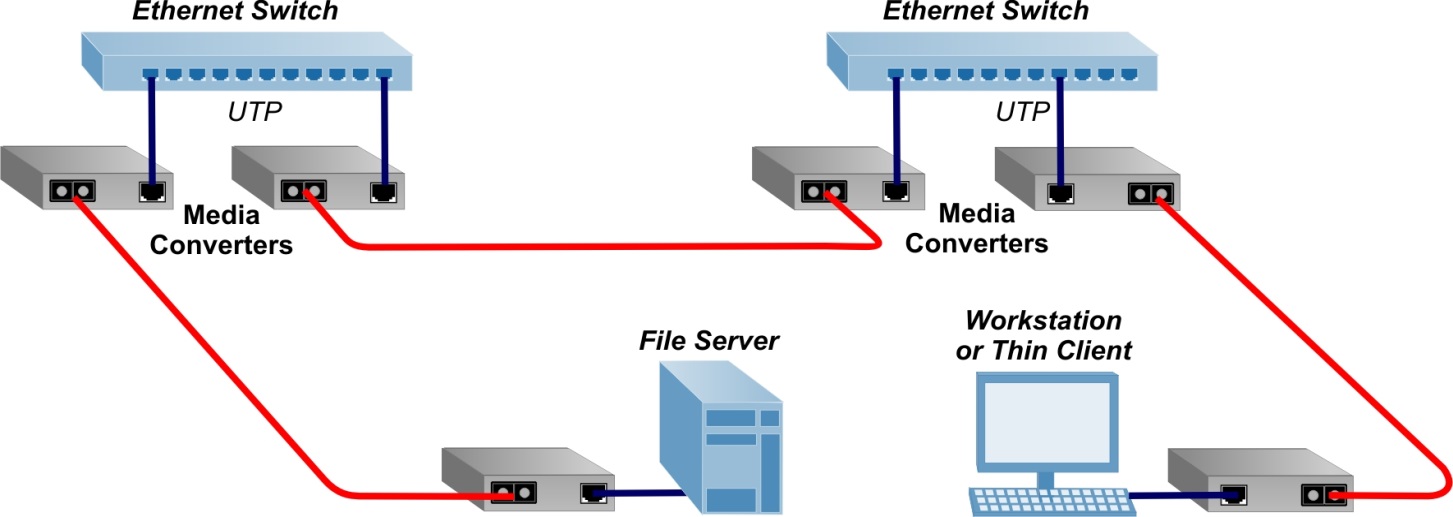
If you are unfamiliar with the term conversion, it refers to turning a visitor in to a paying customer. Conversion marketing offers a holistic view of all aspects of a buyer's life, which is unlike other marketing strategies. Conversion marketing flags potential areas for improvement. Conversion marketing can help you achieve your goals for new prospects as well as retain your existing customers to maximize their lifetime value.
There are many different types of conversions. Clicks on URLs, landing pages visits, newsletter sign ups, whitepaper downloads and phone calls through a number that is associated with a digital marketing campaign are all examples of conversions. Any action that can tracked is called a conversion pixel. Analytics systems may refer to these as goals or events. An analytics system may link these pixel to a specific page. This will track information and help create conversion marketing campaigns.

To improve conversion rates, use the most effective techniques for engaging prospects. This means identifying weak links, and giving feedback on the experience of each visitor. A thorough analysis of your website's analytics data is essential to optimizing conversion marketing. It helps you understand which aspects of your website are driving the most results and enables you to adjust your strategy accordingly. This conversion is not profitable for all businesses. Therefore, optimize your campaign to achieve the highest possible conversion rate.
Conversion is the most important aspect of any digital marketing campaign. A conversion is an event that leads a visitor or customer to take action. This could be buying something from your site, signing up to a newsletter, downloading free software, or any combination thereof. Whatever method you choose to use, conversion marketing will be worth your effort and time. However, it is not easy. The key to success is to be focused on tangible results.
It is important that people see your advertisement and take action. If the recipient of your message is not interested in the product or service, they will move on to another website that does. By increasing your conversion rate, your advertisements will be more effective in attracting people to your site and eventually converting them into buyers. The conversion rate is only one metric that you need to monitor. Each conversion must be measured and tracked in detail.

A website can be measured in many ways. A conversion is any action that leads you to the desired outcome. The conversion process is completed when someone clicks on an advert and becomes a customer. Sometimes it is just a matter time. A conversion, in most cases, is when a user completes a desired activity after seeing an ad.
FAQ
Do I need an agency to do Content Marketing?
No! You can create high-quality content with many tools online. Agency services are often expensive.
What is content marketing's main goal?
Content marketing seeks to provide customers with relevant and valuable information. This can be done via email campaigns, blog posts, white papers, and other channels. It is important to provide value to your target audience.
Is content marketing simple to measure?
Yes! Measuring results is part of the process. This helps you to determine if your efforts were successful or if you need to make adjustments.
You can track visitors coming from many sources (email, social media and paid advertising) and track conversions like sales leads, purchases, and organic searches.
These metrics tell you which parts of your content are performing well and where you have the greatest potential.
Is content marketing right for me?
If you already know the message you are trying to convey, then a Content Marketing Strategy may be right for you.
But if you're unsure where to start, here are some questions to ask:
Do I need my business to communicate something particular? Is it better to communicate with a broad audience?
Do I want to focus on generating leads or converting visitors into buyers?
Am I trying to promote one product or multiple products?
Do I want to reach people outside my industry?
If you answered "yes" to any of these questions, then a Content Marketing strategy is exactly what you need.
What are the 7 steps of content marketing?
The content marketing process is seven steps long
-
Identify the problem
-
Learn what is working right now
-
Make new ideas
-
Make them strategic
-
You can test them
-
Measure results
-
Keep going with the same process until something works.
This strategy has proven to be effective for both small and large businesses.
Statistics
- To further show the importance of this, 89% of people have stopped doing business with a company because of a poor experience. (neilpatel.com)
- Companies that use content marketing see approximately 30% higher growth rates than businesses not using it. (mailchimp.com)
- Content marketing produces 3X more leads per dollar spent. Content marketing costs 62% less than traditional marketing. (criteo.com)
- This marketing strategy landed Ford a 15.4% conversion rate. (neilpatel.com)
- According to our research, brand awareness, attracting traffic, and generating leads remain the key content marketing goals in 2022. (semrush.com)
- According to research compiled by Coschedule: Companies that publish 16+ blog posts a month get as much as 3.5x as much traffic as those that publish 0-4 posts a month. (criteo.com)
- We found that 40% of businesses don't have a documented strategy yet. (semrush.com)
- Progress indicators (0–100%) allow each team member to see how attainable each goal is and understand what remains to be accomplished. (semrush.com)
External Links
How To
How to create stunning photos
Images can help you make your content standout among the rest. Images are one the best ways to visually communicate ideas. They are great for grabbing attention and increasing engagement. They're great at communicating complex concepts quickly and effectively. ).
When used well, images can add life to a piece of writing or presentation, making it come alive and engaging. If you don't know the best image to use for your job, you might end up with less striking results. This article will provide tips on how to choose the best images possible for your next project.
-
Find out what makes an image appealing. Before you look at photos, there's a lot you need to know. First, it is important to choose images that have a clear and concise message. A cluttered photo isn't going to cut it - it won't grab attention as a clean, simple picture would. You also want to avoid images where people aren't smiling or aren't looking directly into the camera. It can give the impression that what you're saying isn’t very interesting. It's important to make sure that the image doesn’t distract you from the main message. It should not draw attention away from the content.
-
Find inspiration. Once you've got a list of potential candidates, it's time to go through them and find those that catch your eye. Look at their captions first. These may be written separately or included by some photographers. You need to ensure that the captions are clear enough to read. Pay attention to the context. Is it somewhere you might expect to find someone having fun? Maybe it looks too dangerous. You might not associate it with happiness. Whatever the reason, think about the reasons you like the image and the relationship it has to the message that you are trying convey.
-
Check out different types and sizes of images. One of the biggest benefits of using images in your content is that they allow you to highlight certain aspects of your text. You might want to include a picture of the product in action if you are writing about it. You might also want to include an image of the infographic you have. Visual aids like these will draw people closer to your information and make them feel more connected to the content.
-
Use the right file format. When choosing images, the first thing to do is to choose the right file format. JPEG and GIF are the two most common file formats when designing web pages. Each file format has its advantages and disadvantages. JPEG files are suitable for any sort of media, including websites and social media posts. They work especially well for photos, since they store large quantities of data in a compact space. GIFs can become blurred over time due to their loss of quality. GIFs can be used for graphics and animation because they are smaller than JPEGs. They do not support transparency so they are unsuitable as photos.
-
Other visuals are also welcome. You can include additional visuals in your content if you are having trouble coming up with images. Because it creates a distraction-free space for your readers, this can greatly improve the effectiveness of your article. This means they're less likely to click out of the page while reading your article. Infographics are a great way to add visuals to your website. Infographics have become very popular as they are quick and easy ways to share many useful information. They are also great for adding visuals to your blog posts.